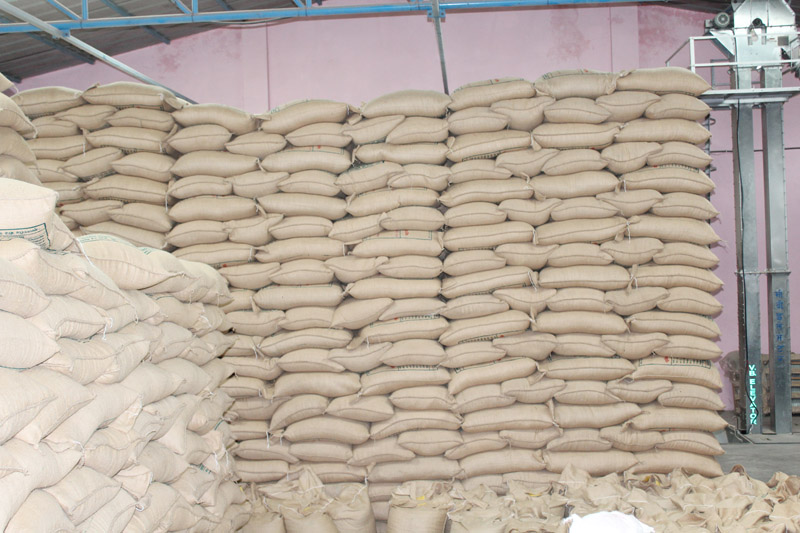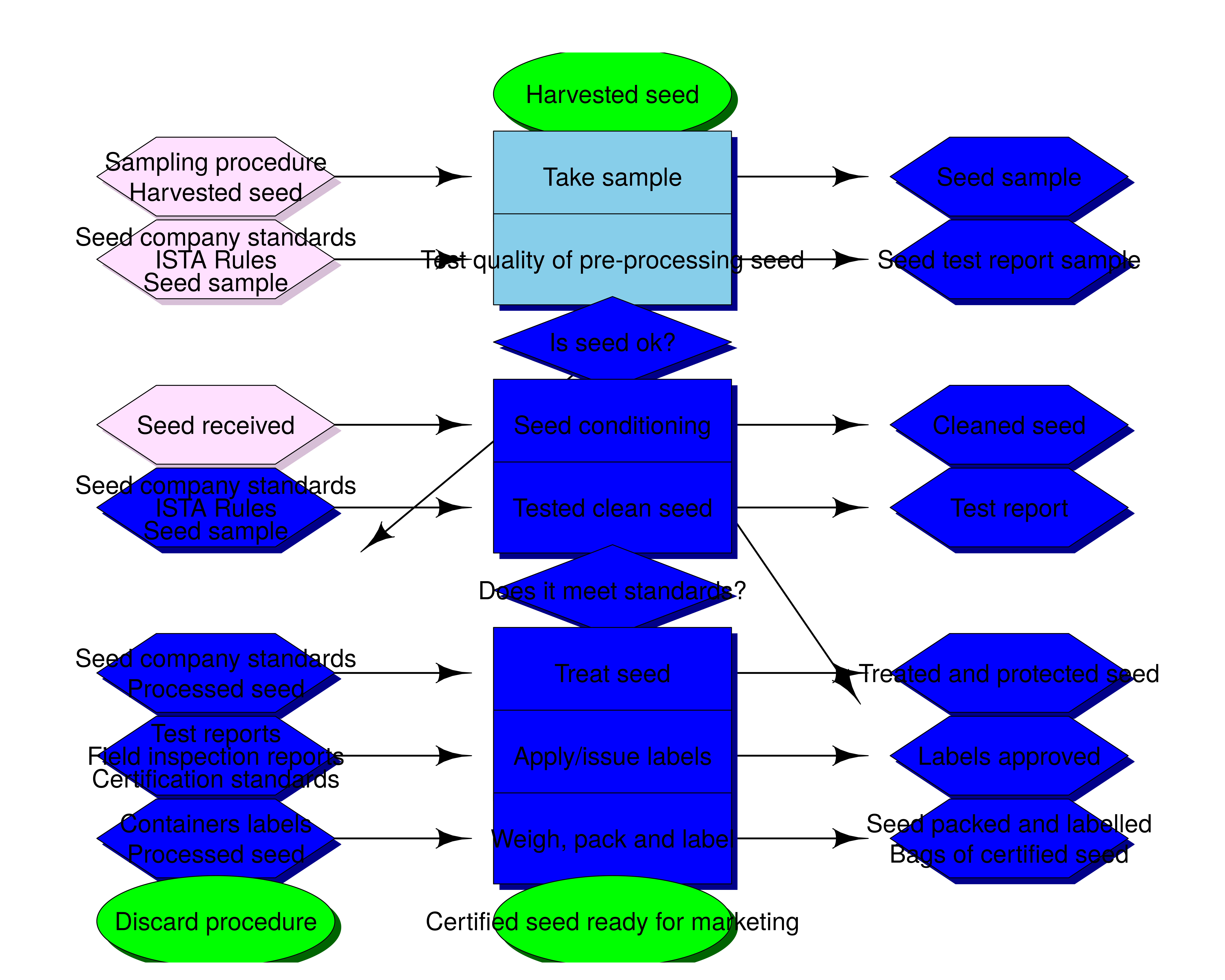 Seed storage unit of Unique Seed Company, Dhangadhi, Kailali, Nepal
Seed storage unit of Unique Seed Company, Dhangadhi, Kailali, NepalSeed Business: Process Management Guide
The problem
Seed business is a multifaceted undertake. Although most businesses suffer strong feedback effects, seed business are more markedly left with those than most others. Let us refer to a simple case description to recapitulate just how pronounced it can be, and we are talking about the success in a long term venture.
A seed business involves getting a marketable seed product certified and ready for use by growers. For once, let us forego the technical details that underlie the chain along seed production through seed marketing. The major concern is now the acceptance.
- Do the farmers think the seed is worth the price?
- Do they find the economic value in growing it?
- Will the continue to use the seed?
Each of the above issues are as equally challenging as important they are to redress, and they inolve one of the most complex actors in the game – The farmer/grower. The growers acknowledge and pay for the product they deem are worth the value. Allthewhile, it is futile to explicitly enlist so many factors that a grower takes into account while raising a crop. Suitabilty of the variety for proposed cropping pattern, i.e. whether or not it matures in time before next season crop is planted and that if the seeds permit ease of mechanical operation for harverst and succeeding operations, these are some of the major considerations of a farmer while they are choosing a variety for a production plot. Realistically, despite offering a high yield potential, some wheat varieties released for terai domain in Nepal are losing their popularity owing to difficulty with mechanical threshing. These and several other issues highlight the importance of downstream facet of seed production chain. Therefore, a seed venture does not only suffer production process feedbacks but also the perception feedbacks. These issues are further complicated by the fact that seed and it’s growth into a wholesome plant involves biological processes, which arises in a interplay with physical environment.
Let us resume back to where we left – about foregoing the process details of seed production and processing chain. This is the stage wherein a seed business has most prominance, and equally reasonably the interventions matter the most. The management decisions made along these process has long lasting repurcussions, in both seed quality and the quanity of produce. So, actions are oriented mostly towards process optimization in a successful seed business. My intent with this post is to exposit a seed production/processing process, typical of a maize hybrid seed business. Since most processes are often hard to grasp just by their description, hereby, I’m also making an use case of flow diagrams. The process diagram presented here is adopted from MacRobert (2009) (The original source he cites points to: Quality Manual Guidelines for a Seed Company, Seed Science Centre, Iowa State University (2006)). The process approach to seed quality management is also highlighted by ASTA guide book, elaborating on the ISO 9000 standard, which deals with the quality management chapter. For what it’s worth, I’ve compiled this post with the document embedded. The original link could be found in the reference section (first link).
The process

Figure 1: An overview of processes involved in seed certification and processing of a seed business
References
https://www.betterseed.org/pdfs/resources/guide-to-seed-quality-management.pdf
MacRobert, J. 2009. Seed Business Management in Africa. CIMMYT.